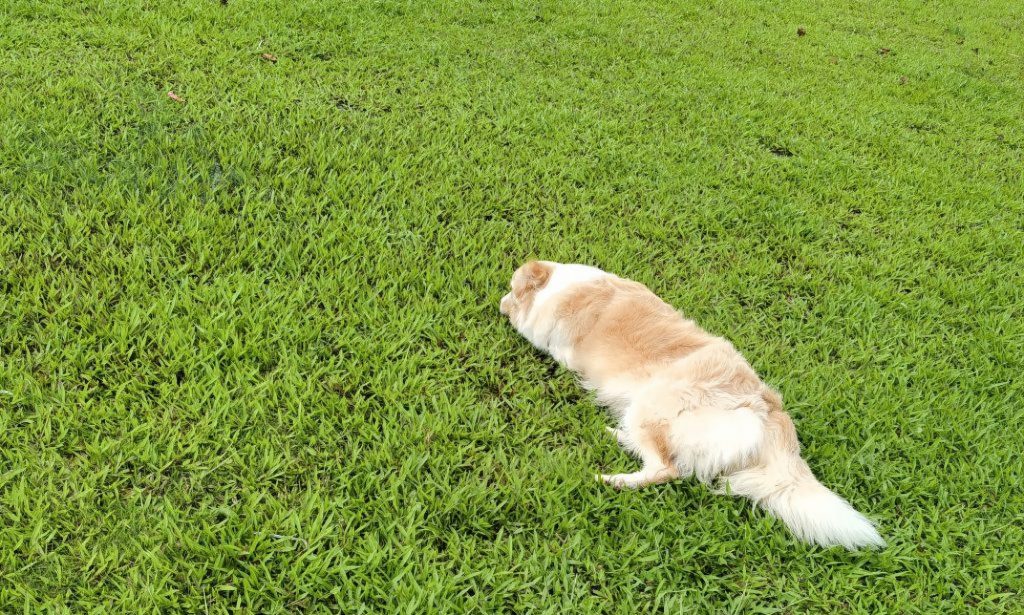In my previous experience as a 2D creator, I learned many composition principles, but after becoming a 3D animator, I initially thought I had to learn everything from the beginning. However, during this CGI class exercise, I experimented with applying 2D composition principles to 3D creation and saw positive results. This process was highly inspiring and had an impact on my future direction. Therefore, I want to use this blog to document some of my thoughts during the creative process.

Creating a Sense of Space
At the beginning, it’s important to establish the general placement and spatial relationships of the objects.
In 2D composition, we often use overlapping objects to create a sense of space. I applied the same method here, using the stairs as a foreground element to enhance the sense of depth. At the same time, the stairs help link the first and second floors, preventing them from feeling disconnected. I applied the same method to the design of the floor and cabinets on the second floor, modelling them in an ‘L’ shape to strengthen the connection between the left and right walls.

Enriching the Composition of Shapes
In 2D, we often use the three elements—points, lines, and planes—to enrich the composition of shapes. I added the stair railing as a line to guide the viewer’s gaze and enhance the rhythm of the scene.
Small objects like books and bottles serve as points, adding detail to the scene, while the walls and floor function as planes, distinguishing different areas and expressing the stability of the space.

In addition to points, lines, and planes, it’s also important to consider enriching the shapes of objects by using different forms such as triangles, circles, and squares. For example, the desk is composed entirely of square shapes, so I designed streamlined legs for the chair to add variety to the composition.
Adjustments
In terms of color, I applied the 6:3:1 rule from 2D composition: 60% brown as the base color, 30% green as the secondary color, and 10% highly saturated red, orange, and purple as accent colors. For materials, I added various metallic decorations to enhance the distinction of textures.

When adding scene details, I also paid attention to the contrast between simplicity and complexity to highlight the cauldron as the focal point of the composition. When there are too many details around the cauldron (such as books and bottles), adding more details to it would overwhelm it. So, I made the cauldron the ‘simpler’ element, allowing the surrounding ‘complex’ details to contrast it.
Finally, I used lighting to emphasize the cauldron as the focal point.

Summary
This was an attempt to apply the 2D knowledge I had previously learned, and it has been very inspiring for me personally. At the same time, this logical approach to constructing a scene is replicable, meaning I can use the same way of thinking, rather than simply relying on inspiration, for my future creations. I can also build on this foundation to refine my process and develop my own style. Therefore, this has been a very important experiment for me.
